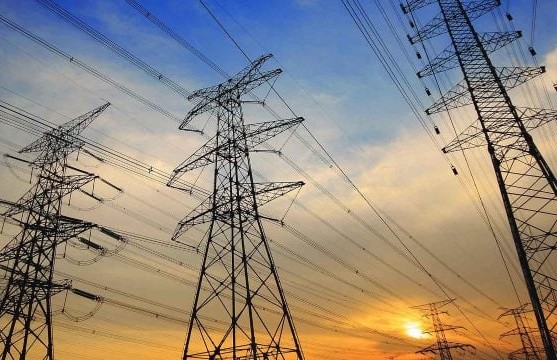
Mexico’s Energy Transition
The role of energy storage in Mexico's 2025 electricity sector restructuring.
BY RODOLFO RUEDA
Eighty-seven years after the oil expropriation of 1938, another turning point in Mexico’s energy history took place on March 18, 2025, when President Claudia Sheinbaum signed sweeping legislative reforms into law that will restructure the country’s electricity sector to strengthen energy security and resilience in a rapidly evolving global market. This transformation involves balancing state oversight with private investment to modernize the grid, integrate Battery Energy Storage Systems (BESS), also known as Sistemas de Almacenamiento de Energía Eléctrica (SAE), and deploy 27 gigawatts (GW) of renewables over the next five years.
The Energy Storage Regulation: A New Framework for Grid Modernization
The Energy Storage Regulation, published in the Official Gazette of the Federation (DOF) on March 7, 2025, introduces a long-awaited regulatory framework for energy storage integration in Mexico. This regulation defines storage’s role in stabilizing the grid, supporting renewable generation and enhancing industrial energy security.
According to the National Electric System Development Program (PRODESEN) 2024-2038, Mexico requires 8.4 GW of SAE capacity by 2038 to ensure grid stability and facilitate the integration of renewable energy sources. Achieving these targets depends on strategic incentives, competitive market access and robust financing structures.
Economic Considerations for Energy Storage Deployment
The economic viability of energy storage projects depends on cost reductions, regulatory incentives and innovative financing models. Lately, lithium-ion battery costs have decreased significantly, with average prices reaching approximately $100 per kilowatt hour, making storage more competitive for grid applications.
Key economic drivers include:
• capacity market payments for grid stability services
• time-of-use arbitrage, allowing storage operators to buy electricity during low-cost periods and sell during peak hours
• industrial power purchase agreements (PPAs) enabling businesses to secure long-term energy savings
• tax incentives and government-backed financing mechanisms to de-risk investments in storage projects
Technical Aspects of BESS/SAE Integration
The integration of SAE into Mexico’s electricity grid involves several technical considerations:
• Grid Connection and Interoperability. SAE systems must comply with national grid codes and ensure seamless communication with renewable generation assets.
• Storage Capacity and Performance. Advanced lithium-ion, flow batteries and emerging solid-state technologies offer different performance metrics suited for various applications.
• Safety and Reliability. Compliance with international standards, such as IEC 62933 and UL 9540, ensures the safe deployment and operation of energy storage facilities.
• Cybersecurity and Digital Optimization. Smart energy management systems and artificial intelligence (AI)-driven grid forecasting enhance the efficiency and resilience of storage assets.
A New Self-Supply Framework: Enabling Industrial Energy Security
As part of the broader energy sector restructuring model, Mexico is introducing a new self-supply framework that simplifies the permitting process for self-consumption projects ranging from 0.7 to 20 megawatts (MW). Under this new model, energy storage is a key enabler, allowing businesses to store surplus energy, optimize self-consumption and reduce dependency on the national grid.
Energy availability and reliability are now critical determinants for private investment in nearshoring and industrial expansion. As companies seek to strengthen manufacturing operations in Mexico, the new regulatory environment offers opportunities for industrial parks to become self-sustaining business ecosystems. By integrating SAE solutions, these industrial zones can enhance energy security, making them more attractive to manufacturers seeking nearshoring advantages.
Investment Opportunities and Market Challenges
Mexico’s new energy storage framework presents investment opportunities in key areas, including:
• large-scale storage projects supporting renewable energy integration
• industrial self-consumption solutions for manufacturing and nearshoring hubs
• grid services and frequency regulation markets
• data center energy resilience and microgrid developments
However, challenges remain in securing financing, navigating regulatory processes and optimizing storage revenue streams. Market participants must engage with policymakers and energy regulators to ensure a stable and predictable investment environment.
Conclusion
Mexico’s energy sector is undergoing a major transformation, with energy storage playing a crucial role in its future. The newly established regulatory framework sets the foundation for modernizing the grid, fostering renewable integration and enhancing industrial energy security. As businesses and investors navigate this evolving landscape, those who adapt early will gain a competitive edge in shaping Mexico’s energy future.
Rodolfo Rueda is an international business attorney in Holland & Knight’s Mexico City and Houston offices who focuses on regulatory and government affairs, as well as cross-border natural resources and energy transactions.












